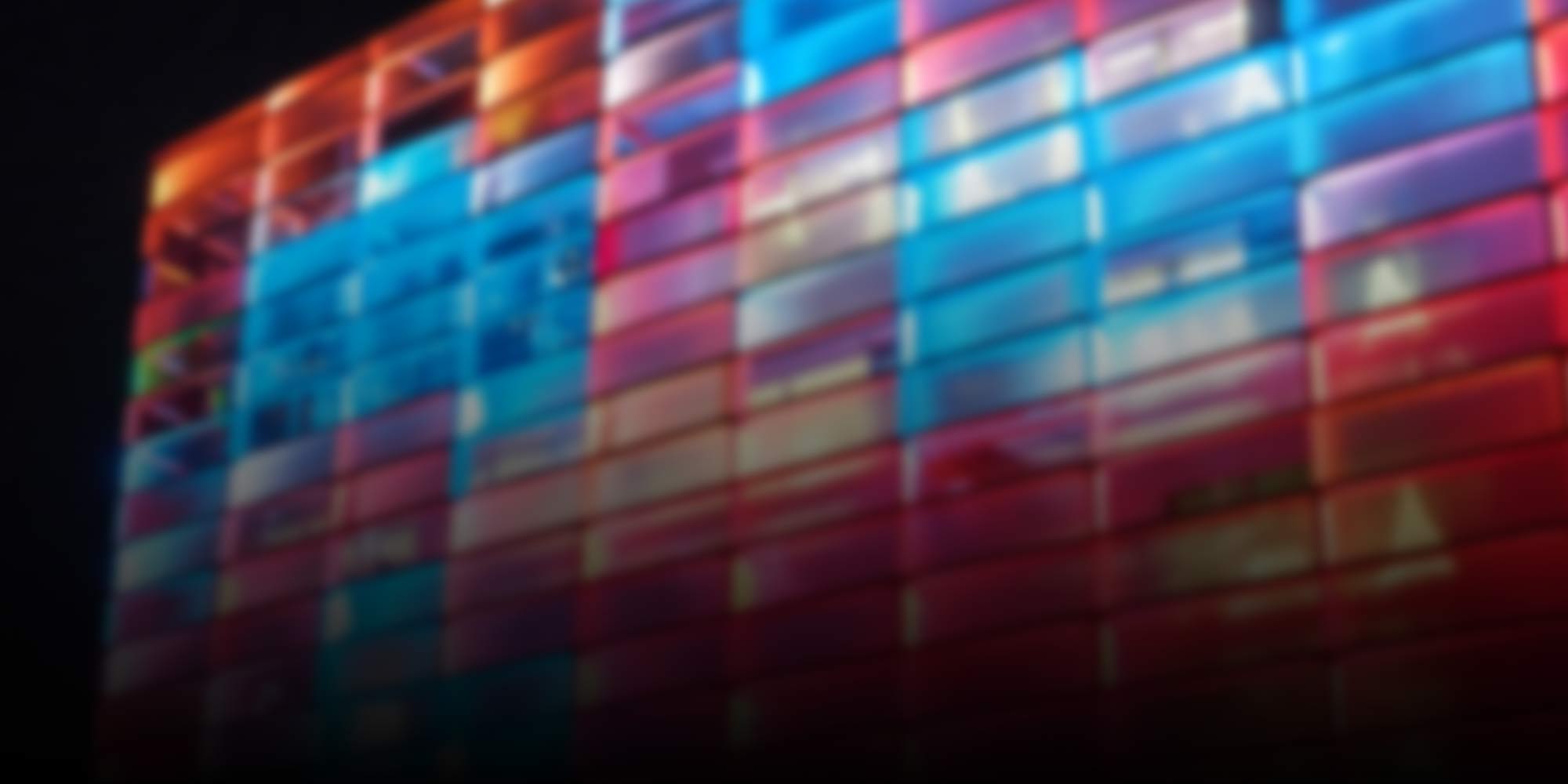
Art
-
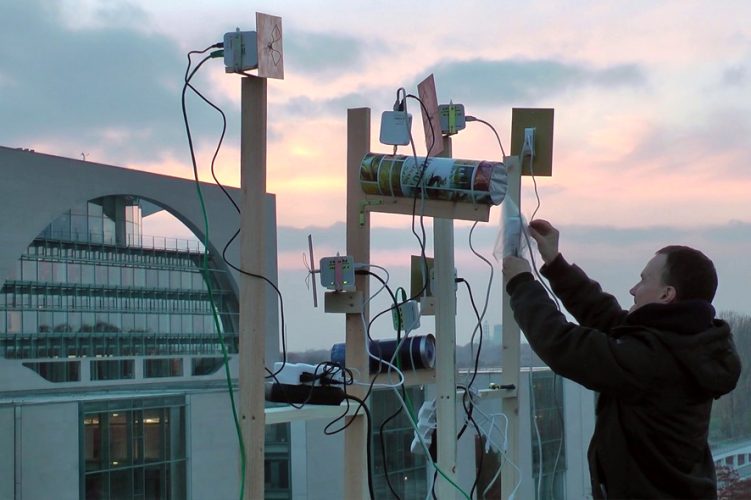
Hello spies, can you hear me?
“Can you hear me?” was a temporary network that artists Christoph Wachter and Mathias Jud set up above the rooftops of the German government district in Berlin to downright force intelligence agencies to listen in on what they and thousands of other people were saying. Besides getting the agents’ attention, the artists are also the…
-
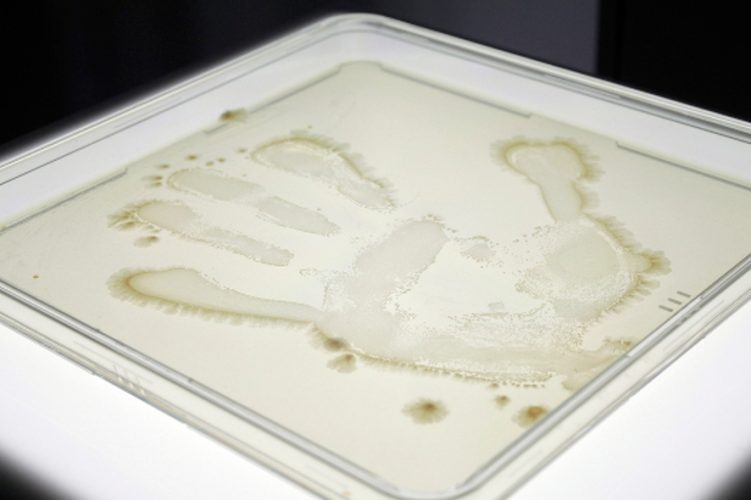
In Vitro Typewriter – Our Information Traces
Already the sixth edition of the exhibition series “TIME OUT” openes on June 6, 2016, at the Ars Electronica Center! This show staged in cooperation with Linz Art University showcases outstanding media art projects by undergrads in the school’s Time-based and Interactive Media program. One of the projects of TIME OUT .06 is the “In…
-
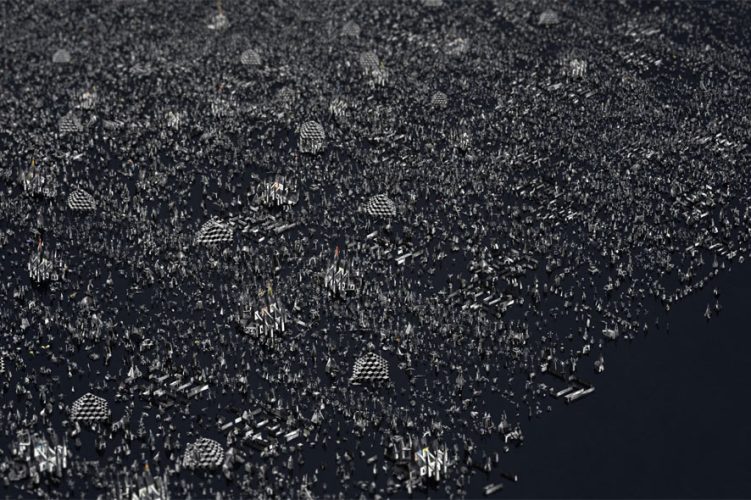
Rhizome: Everything Is Interconnected
We zoom into a world that’s incessantly in motion, one in which everything is connected to everything else and the figures are constantly morphing. This animated film by Boris Labbé has been singled out for recognition with a Golden Nica by the 2016 Prix Ars Electronica.
-
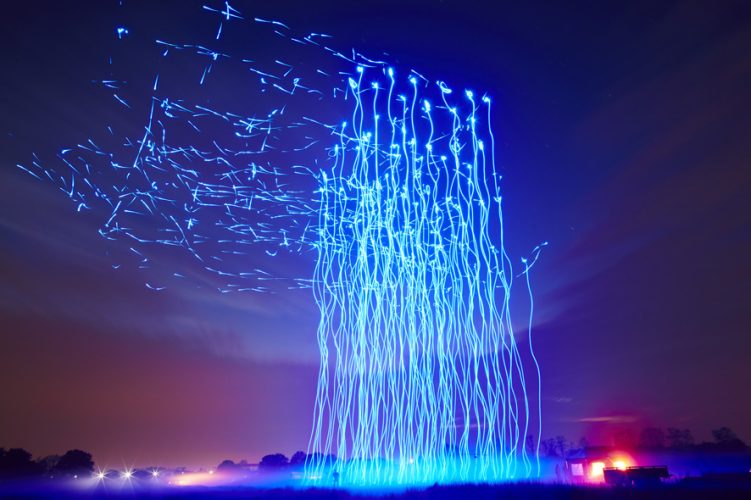
RADICAL ATOMS: The Machine Becomes Material
In this interview with Gerfried Stocker, Ars Electronica’s artistic director elaborates on the theme of the 2016 Ars Electronica Festival and provides some impressive examples illustrating it. Here’s a preview of what awaits festivalgoers in September 2016 in Linz.
-
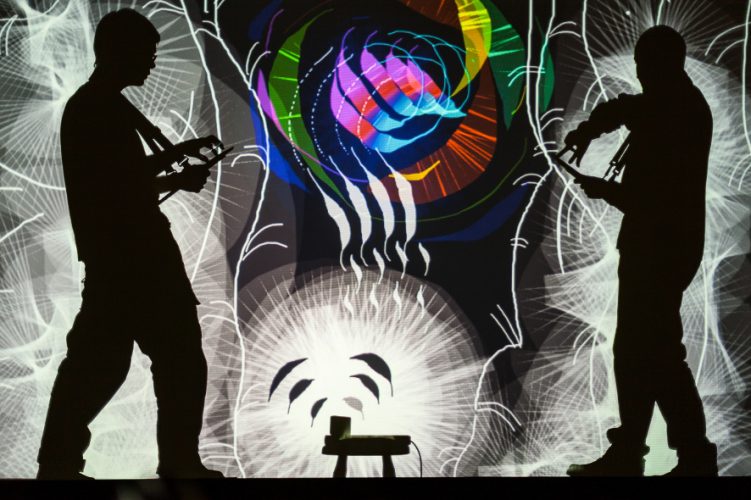
Space Painting in Deep Space 8K
On Saturday the workshop “Tagtool” took place in the Ars Electronica Center as part of the Deep-Space-Weekend: UNESCO City of Media Arts. With a beamer, imagination and the app “Tagtool” participants transformed animations into projections and awakened digital paintings to life. In Deep Space 8K as workshop space this application takes on a whole new…
-
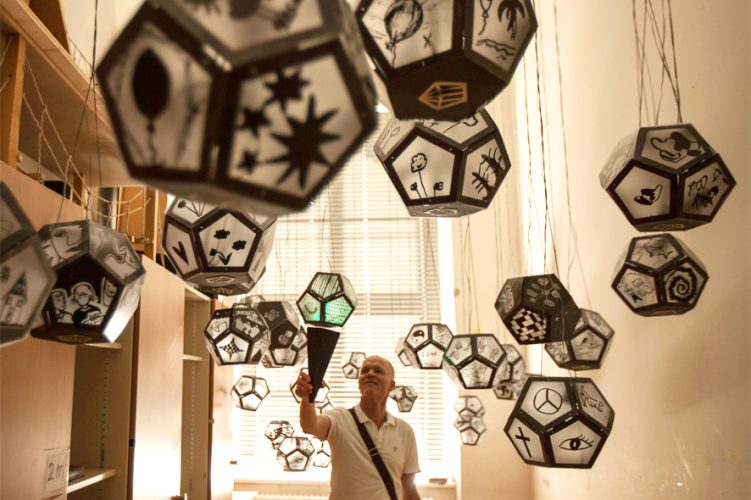
Express to impress: Square Talk wins at the IxD-Awards
At the Ars Electronica Festival in 2014, three participants in the Ars Electronica Futurelab Academy Programme presented SquareTalk. The project recently won the ‘expression’ category at the prestigious 2016 IXDA awards.
-

MAXON: “Creativity engenders visual trends”
MAXON, a Germany-based software developer, has been creating 3-D graphic tools since the mid-1980s. Cinema 4D is one of them. In association with Maxon, the Ars Electronica Animation Festival will showcase prizewinning works of computer animation in September 2016.
-
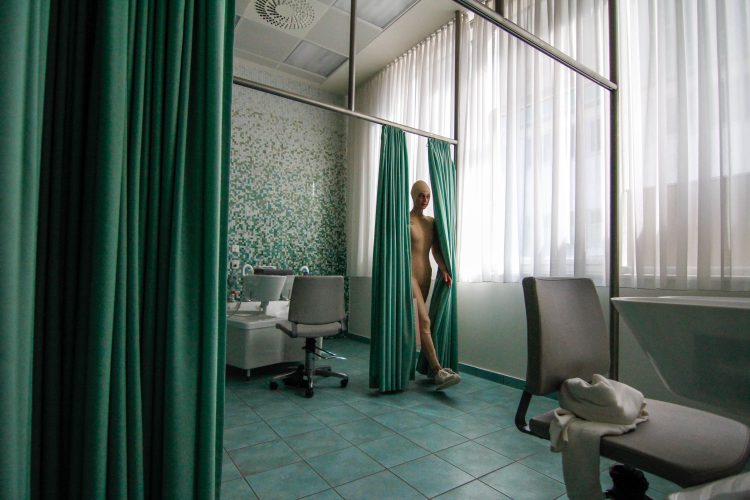
The Institute of Isolation: Pushing the limits as a Cure
The artist and second SPARKS-resident, Lucy McRae, is a representative of the genre Science Fiction. She came to Linz in order to shoot scenes for her film-project which is her approach to the topic of “Responsible Research and Innovation” – the research objective of the SPARKS-program. Compared to her predecessor, Anouk Wipprecht, who built a…
-
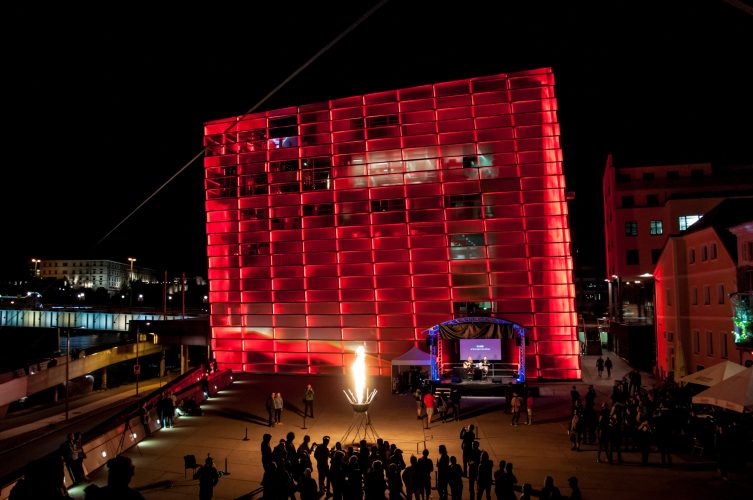
Flame: Fiery Encounter in the Sign of Power
With last year’s topic of the EU project „Connecting Cities“, the focus was on making the invisible visible. In the course of the 2015 edition of the Ars Electronica Festival, the subject-matter “In/Visible City“ was impressively staged via a media installation called “Flame” by the artists Tamer Aslan and Onur Sönmez. With this interview, you…
-
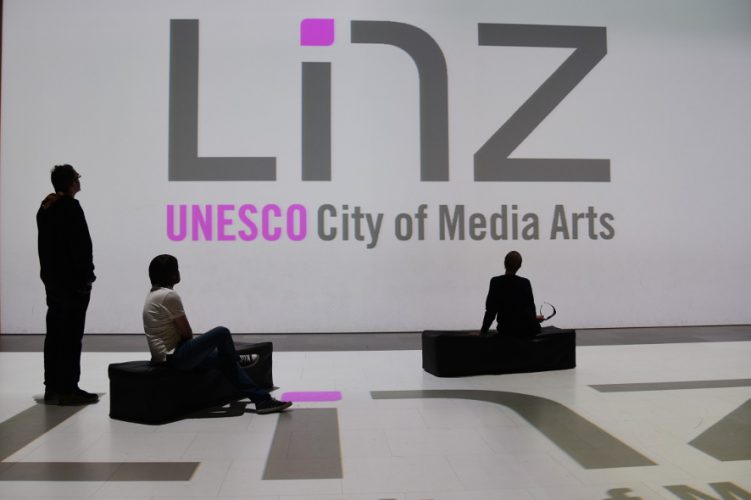
Why Linz was elected as UNESCO City of Media Arts
As the birthplace of Ars Electronica, Linz has been one of the world’s trailblazers at the interface of emerging technology, art and society for decades now. On December 1, 2014, UNESCO recognized these pioneering achievements by bestowing a great honor on Upper Austria’s capital: induction into the Creative Cities Network. Since then, Linz has been…
-
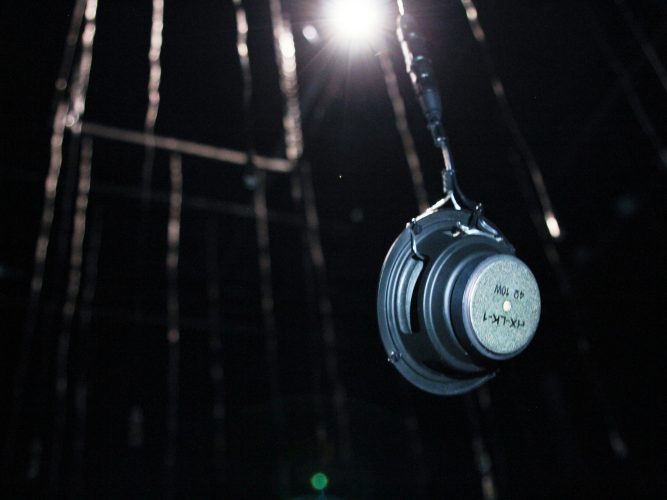
TIME OUT .05 – An Unreadable Text and a Design-It-Yourself Soundscape
Works by four undergrads in Linz Art University’s Time-based and Interactive Media program have been on display in the TIME OUT .05 exhibition at the Ars Electronica Center since March 16th. Two of the featured artists are Elisabeth Prast and Fabian Erblehner.
-
![[inter]national coverage – How international are media reports really?](https://ars.electronica.art/aeblog/files/2016/03/internationalcoverage_him-751x500.jpg)
[inter]national coverage – How international are media reports really?
TIME OUT.05 opens Wednesday, March 16, 2016 at 6:30 PM in the Ars Electronica Center. One of the students whose works are being showcased in the 5th exhibition in this series is Benedikt Reiter.
-
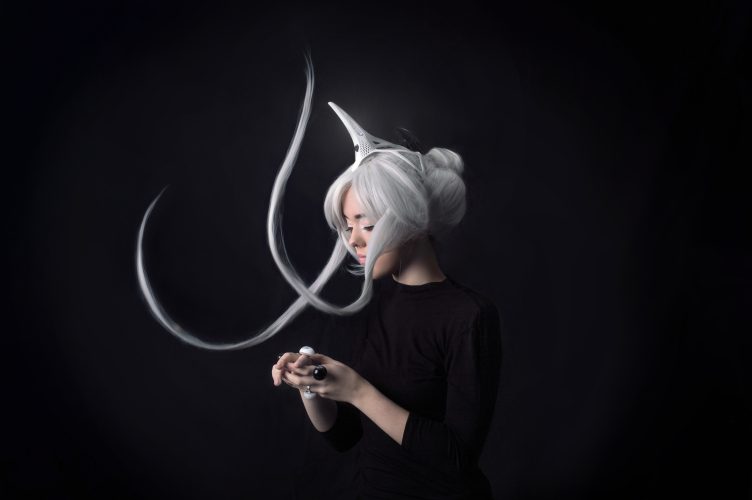
Agent Unicorn – The first SPARKS Residency Wearable by Anouk Wipprecht
The well-known Fashion-Tech Designer has worked the communication aspects of her apparel into an unicorn-shaped headset. During her stay at Futurelab she teamed up with a team of Neuroscientists and experts, creating an accessory that logs the wearer’s observations through EEG.
-
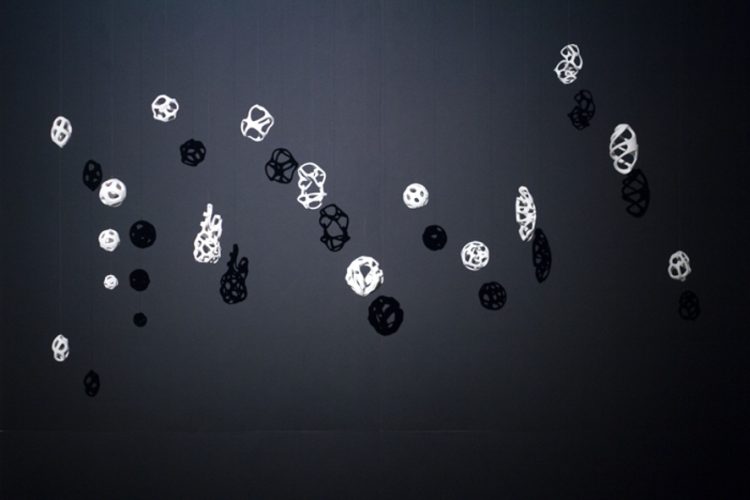
„Ceramic pour printing“ – a new method for 3D printing
The fifth edition of the TIME OUT exhibition opens at the Ars Electronica Center on Wednesday, March 16, 2016, 6:30 PM. This show staged in cooperation with Linz Art University showcases outstanding media art projects by undergrads in the school’s Time-based and Interactive Media program. One of the four students participating in TIME OUT .05…
-
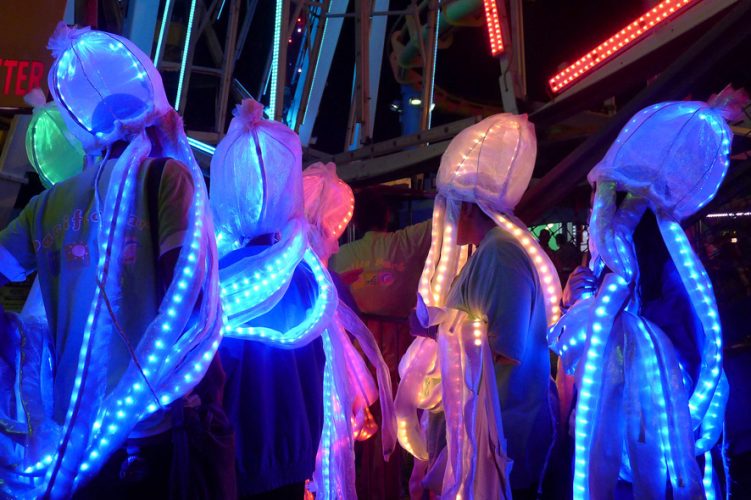
The Essential Challenge of Interactive Art
What does interactive actually mean? We touch something and then experience the upshot of that act? Or does interactivity already come about when we view an image? Victoria Vesna, a 2016 Prix Ars Electronica juror, talked to us about defining interactive art, and elaborated on something she learned about it from media artist Roy Ascott.
-
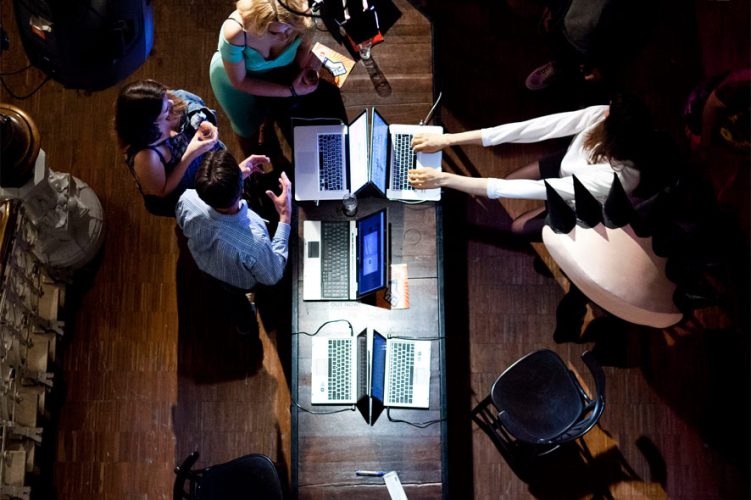
Networking, do it the right way
By the time we set up our own Facebook account—by then, at the very latest—many of us are very much aware of the advantages and disadvantages inherent in our digital coexistence. Marleen Stikker founded her first Digital City all the way back in 1994. Now she’s one of the five Prix Ars Electronica jurors who…
-

“Animation is like cooking”
You need to know how to balance the flavours. Mari-Liis Rebane, a juror in the 2016 Prix Ars Electronica’s Computer Animation / Film / VFX category, recently talked to us about the ingredients that go into an animated film that makes for tasty viewing.
-

Ravel meets the Ars Electronica Futurelab at the L.A. Phil
Legendary concert halls like the Disney Hall of the L.A. Phil are famous for their forwardthinking events. Fittingly, the Ars Electronica Futurelab was invited to visualize Maurice Ravel’s famous cycle of fairytales, “Mother Goose” on three consecutive nights between the 12th and the 14th of February.
-
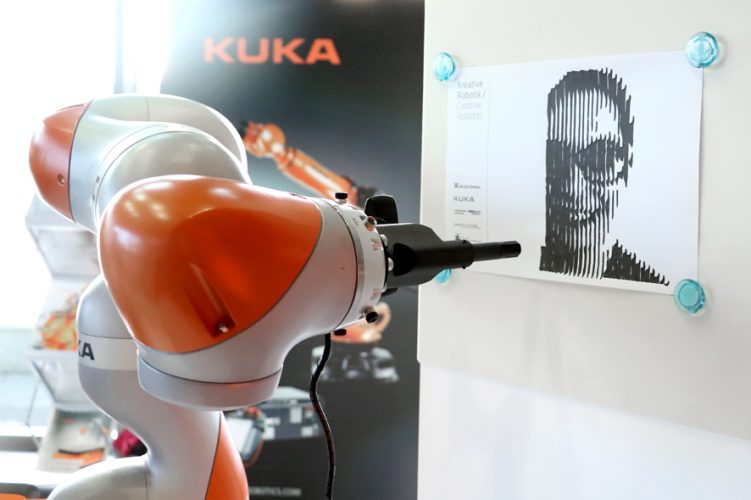
Creative Robotics: Paint Me!
Humans have created robots to serve us as work-saving devices, but their capabilities now go far beyond that. The new “Creative Robots” exhibition at the Ars Electronica Center shows just how far. A chat with Johannes Braumann of Linz Art University and Wolfgang Schinnerl of KUKA Roboter CEE.
-
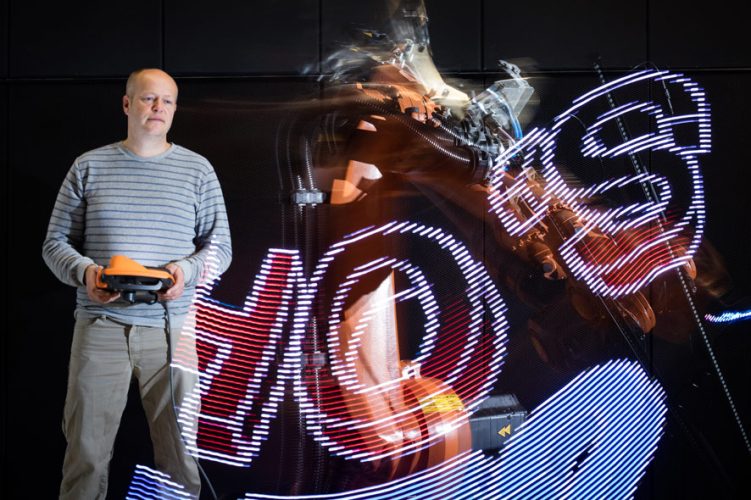
Light Painting – As If Rendered by a Robot
Chris Noelle has come up with a wrinkle that takes the photographic technique of light painting to the next level! He uses the precision and speed of an industrial robot to create “brushstrokes” of light in space.
-
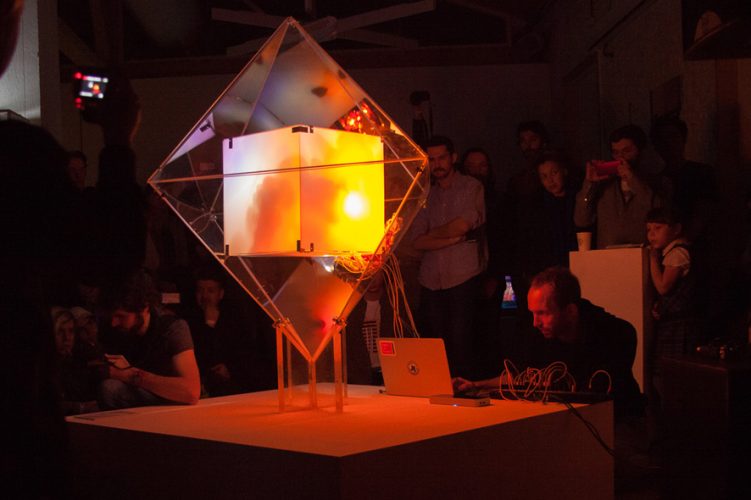
Crystall: Russian media art from the 1960s
With his light organ, the Russian artist Bulat Galeev has already experimented in the 1960s with the interplay of art and science. The musical instrument has now brought back to life by Natalia Fuchs, curator of the Polytech.Science.Art Week.
-
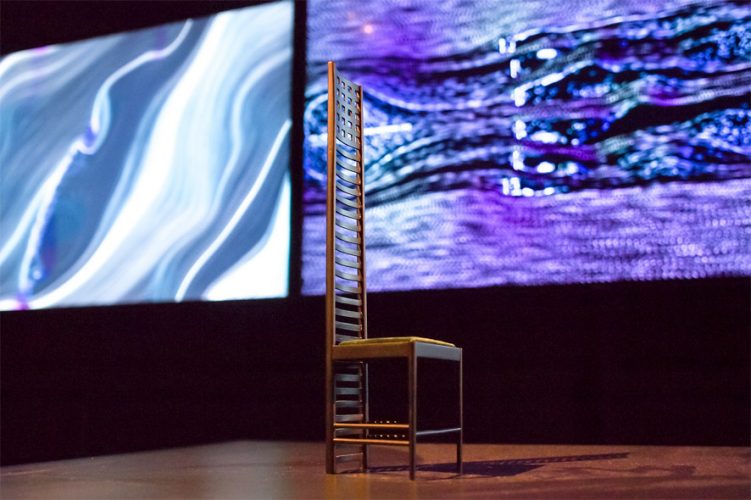
Furnished Fluid – Making the invisible visible
By combining art and science Akira Wakita examines design classics from the 20th century. He has developed a software to visualize the airflows of objects and thus to move the product design of furniture in a new light.
-
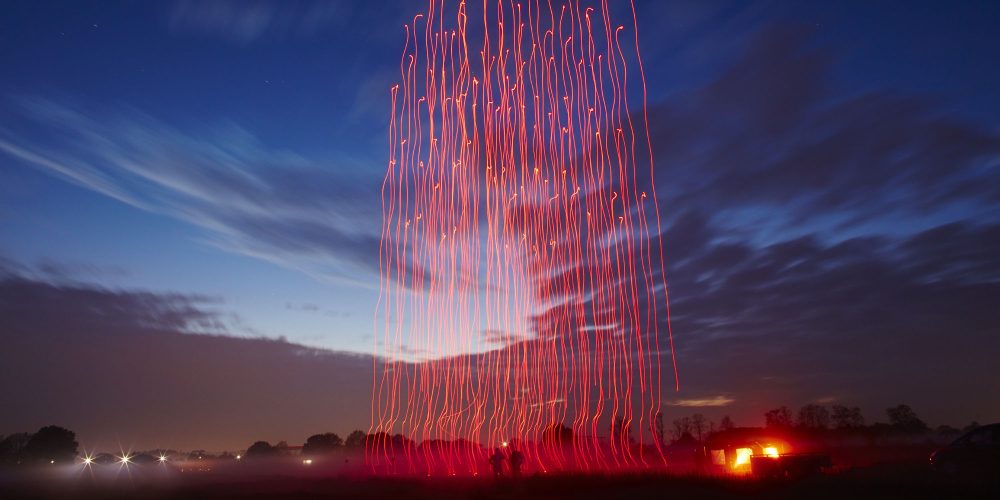
Drone 100: A World Record with 100 Points
A spectacle produced by the Ars Electronica Futurelab for Intel has made it into the record books! In a performance showcased by a promotional film for the world-famous chip maker, 100 spaxels took to the sky simultaneously. Team spirit is what it took to get this ambitious demonstration of technical brilliance off the ground.